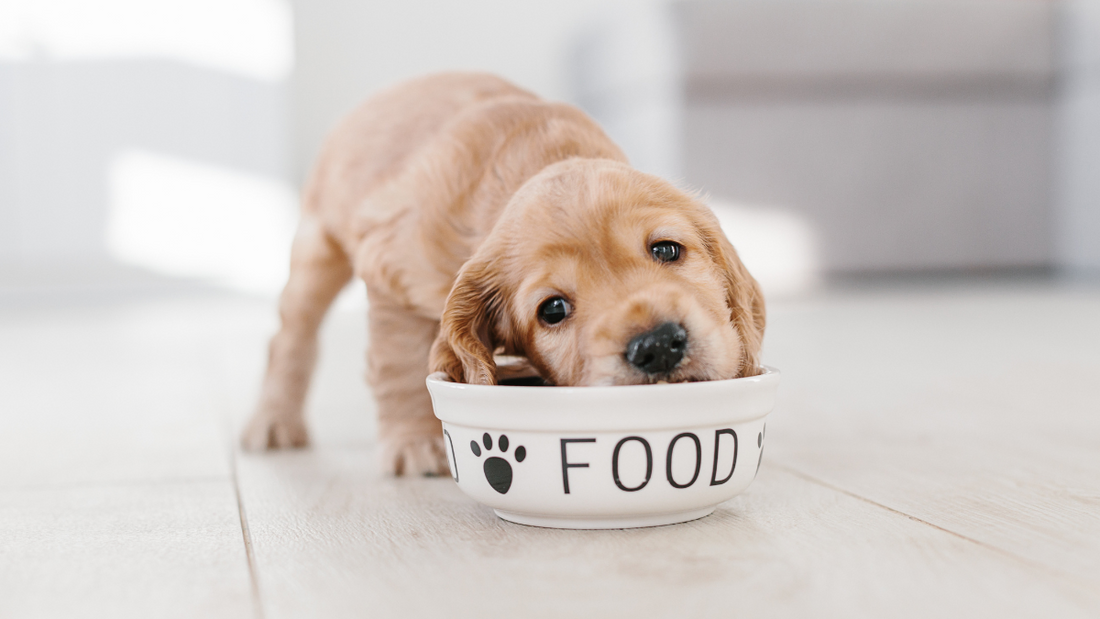We’re all dog parents, so we know the challenge. When it comes to your best furry friend’s food, the options can be overwhelming. Should you grab a bag of kibble from the local shop? Maybe you prefer the convenience of canned food, or perhaps you’re all about the raw or freeze-dried meal. And let’s not forget, there’s always the option of getting a tailor-made cooked meal for your pup. So many choices, right?
At Wellness for Woofs, we’re big fans of raw feeding, but we get it – every pup is unique, and every household has its quirks. In this blog series, we’re diving into the world of doggy diets, breaking down the pros and cons of each option, helping you make informed choices for your four-legged pal!
Kibble: Crunchy Convenience or Health Hindrance?
Sure, kibble is easy to find, and it won’t break the bank. But is it the best for your pup’s health? Let’s look into it.
First off, take a peek at the ingredients list on that kibble bag. If there’s a bunch of unpronounceable stuff, it might be time to reconsider. Kibble hit the market back in 1957 (thanks to Purina), but guess what? Dog lifespans have actually gone down since then. Coincidence? Maybe not.
Kibble goes through a cooking process called “extrusion”, where it gets blasted with high heat four times. The result? A loss of essential nutrients. And to compensate, manufacturers spray on fat, flavour enhancers, and synthetic vitamins. Not exactly a nutritious masterpiece.
Now, those fillers – corn, wheat, soy – they are there purely to bulk kibble up but offer zero nutritional value. Plus, there’s a whole host of artificial flavours, colours, and preservatives. Not cool. Some even link these additives to allergies and hyperactivity in dogs.
Ever seen “fish meal” or “meat meal” on the label? They’re concentrated protein sources made by grinding and cooking fish or animal tissues. But here’s the catch – the source isn’t always clear. It could be top-quality (in very high-cost kibbles) or, in the vast majority of cases, a sneaky way to slip in low-grade slaughterhouse leftovers (think skin, carcass, feathers, trotters…).
And don’t be fooled by the “healthy” claims – many kibbles, even the grain-free ones, are heavy on starch (hello, carbs and sugar!). Dogs, as carnivores, thrive on protein and fats, not carbs. Too many carbs can lead to doggy obesity, diabetes, and joint issues.
Let’s not forget allergies. Grains and certain proteins in kibble might trigger sensitivities. Plus, there’s the silent issue of herbicides and weedkillers (glyphosate) sprayed on those grains, potentially ending up in your pup’s bowl. Yikes!
Oh, and mycotoxins – toxic byproducts from mould – can sneak into poorly stored kibble. Aflatoxins, known carcinogens, might be present, leading to liver damage and more.
Is your kibble-fed pup chugging water like it’s going out of style? Blame it on the low moisture content in kibble. Fresh or raw food has about 75% moisture, while kibble hovers around 8%. Not cool for your pup’s kidneys.
Whilst we will never advocate for kibble at Wellness for Woofs, we do acknowledge that some premium brands do their best with high-quality ingredients. Still, be sure to read those labels, and consider adding fresh, whole foods to your pup’s plate for that extra nutritional boost.
We’ll be back soon with our next article focusing on raw feeding. Be sure to sign up to our #WellWoofs Club to get it sent to you directly – you won’t want to miss it!


